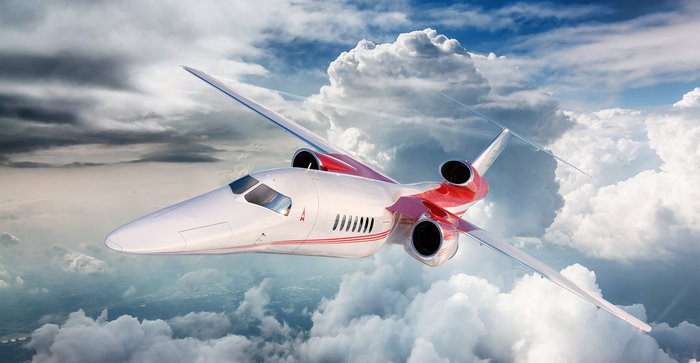As Boeing enters a partnership with Aerion to create a supersonic jet for business aviation, BAI asks whether the industry needs the high-speed aircraft.
YES – Brian Foley, president of Brian Foley Associates
For two decades after the dawn of the business jet age in the mid-1960s, there were just three cabin sizes to choose from – small, medium and large. These aircraft were built by a handful of manufacturers, each carving out their own specialty niche in one of these size categories.
By the mid-1980s, more manufacturers had entered the fray, making the field more crowded. When positioning new aircraft in the market, care was taken to size them to where there wasn’t other competition. Looking to differentiate themselves and tap new markets, others chose to make the big cabin aircraft even bigger, and the small even smaller.
Today, the entire spectrum of business jet size and range capability has been completely covered. The blank spaces between small, medium and large have all been filled in, as well as extended in either direction, resulting in 41 different business jet models to choose from.
What this demonstrates is that there is no place left to go for business jet manufacturers. The product size and range spectrum is full. The next chapter in business jets won’t be about cabin size, but rather speed, which is the next logical frontier. Faster, supersonic business jets are the next untapped market to extend into. Advances in engine and sonic boom technology, as well as cooperation by regulatory authorities, will one day bring this to fruition.
NO – Tim Johnson, director at Aviation Environment Federation (AEF)
To break the sound barrier, designs for new supersonic aircraft will require them be about three times as fuel and carbon intensive as subsonic aircraft, while providing the same level of customer amenity. Supersonics will also need to fly at higher altitudes, where they could be up to 15 times as harmful to the global climate. Then there is the issue of excessive noise – both in the vicinity of airports and from the sonic boom that made Concorde unflyable over much of the world’s land masses.
These environmental impacts create strong regulatory headwinds against supersonics. No standards currently exist to guide their development, but ICAO is in no rush. When that day comes, the presumption is that supersonics that wish to operate internationally will have to attain the same level of environmental performance as subsonic designs.
Meeting subsonic standards will require significant and costly changes in technology, or reductions in speed. Some of these may undermine the business case for supersonics completely. For example, aside from superficial bragging rights, why would a CEO choose Aerion’s AS2 (Mach 1.4 and a supersonic range of 4,200nm), over a Gulfstream G650 (up to Mach 0.90 and 7,000nm range)? For many trips, the AS2 may net very little time savings to justify its estimated 100% mark-up from subsonic prices. This regulatory pressure will only intensify as countries take increasingly comprehensive efforts to rein in emissions and communities demand tougher measures to reduce noise.
Business aviation has an important role to play in developing, demonstrating and scaling-up new technologies such as electric aircraft and sustainable alternative fuels. The aviation community desperately needs greater innovation – just in the right direction.
What do you think? Does business aviation need supersonic jets? Let us know your thoughts on the Business Airport International LinkedIn page!





